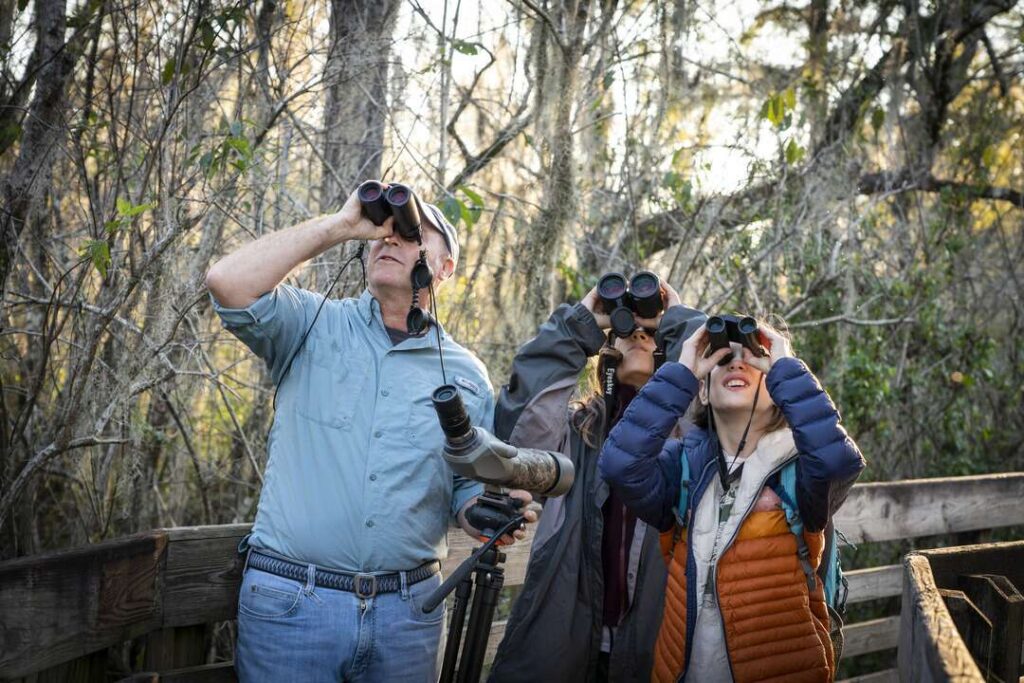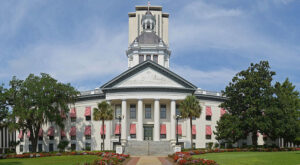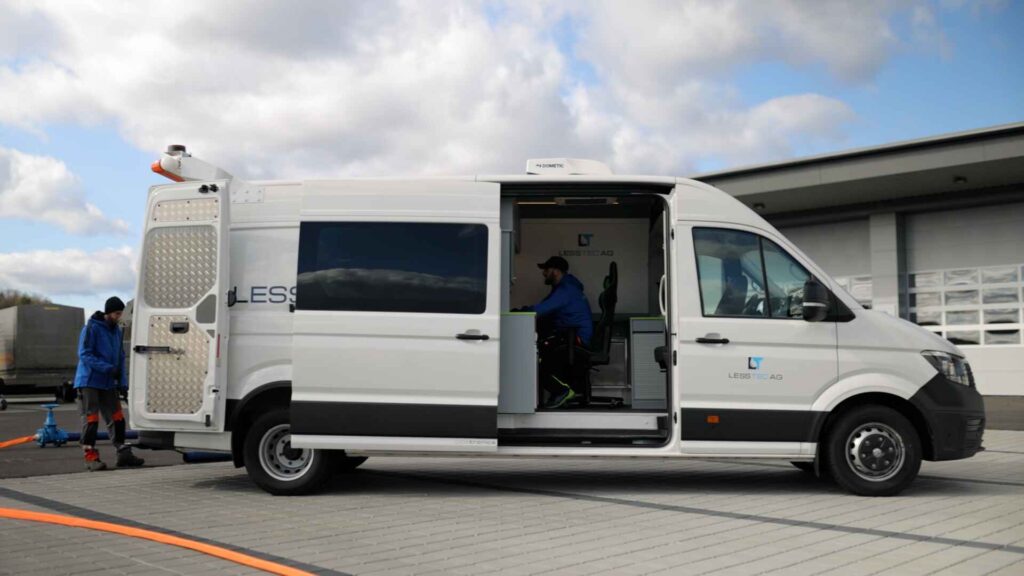By LISA SHIPLEY

The Florida Wildlife Corridor Act made national headlines in 2021 after it won unanimous support from the state legislature as well as Gov. Ron DeSantis. Its passage was a rare instance of bipartisanship amidst growing political divides across the nation.
“I thank the legislature for their support of this landmark legislation that will conserve critical natural ecosystems and working landscapes for the protection of Florida’s unique and diverse wildlife while preserving Florida’s green spaces for generations to come.” DeSantis said when signing the Act into law.
Today, the Act deserves a return to the headlines, not just for the continued support of both Democrats and Republicans, but for the multiple benefits it has brought over the past three years.
The Act established the Florida Wildlife Corridor that stretches from Florida’s Panhandle to the Everglades. It is the nation’s largest and only statewide conservation effort of its kind, calling for the long-term protection of the Corridor’s 18 million acres. To date, roughly 10 million acres of the Corridor are conserved with another 8 million considered “opportunity areas” in need of protection. The name “Wildlife Corridor” could lead some to believe it is focused solely on helping Florida’s iconic animal species. Indeed, the vast network of connected lands and waters provides habitat for almost 2,000 different species including 60 that are threatened or endangered such as the Florida panther, manatees, and the Gopher tortoise.
But the creation of the Corridor also assumed benefits for people, calling for the protection of the ecosystem services both natural and working lands provide. In fact, the Act creating the Corridor states that its purpose is to sustain and conserve “the green infrastructure that is the foundation of this state’s economy and quality of life.”
Science is now confirming the many benefits the Wildlife Corridor can and will bring to Floridians if it is effectively protected.

A newly released study conducted by Florida Atlantic University’s Center for Environmental Studies on behalf of the Archbold Biological Station found that protecting the Wildlife Corridor will strengthen Florida’s resilience against climate change. Around two-thirds of Florida’s floodplains are located within the Wildlife Corridor, absorbing water and acting as natural buffers against flooding. As climate change leads to more intense and more frequent storms, the Corridor’s wetlands can reduce flood risks to communities inside the Corridor as well as communities located downstream outside the Corridor.
That same study found that protecting the Corridor could reduce wildfire threats by expanding opportunities to conduct more effective and less expensive land management practices that keep natural areas healthy and resilient to damaging fires.
In addition, the study found that temperatures inside the Wildlife Corridor are cooler than surrounding urban areas, offering tourists and Floridians a refuge from soaring temperatures and the health risks they bring.
A separate study conducted last year by the University of Florida Water Institute found that the Wildlife Corridor plays a major role in protecting the state’s water resources. More than half of Florida’s water systems – springs, river corridors, estuaries, and wetlands – either sit in or flow through the Corridor. These water systems support recreational income, provide habitat to diverse species, sequester carbon emissions, mitigate pollution, and reduce flood risks.
Over the past three years, Florida agencies have budgeted more than $2 billion toward land conservation. That funding has helped secure over 190,000 acres across the state and has been a critical investment in Florida’s economic future. The Corridor’s lands and waters support at least 114,000 jobs and contribute $30 billion in annual revenue to the state through recreation, tourism, agriculture, forestry, and many other industries, according to a 2021 study sponsored by the Florida Wildlife Corridor Foundation.
These benefits will grow exponentially if public and private partners work together to fully and permanently protect the Corridor.
“Our Wildlife Corridor provides a unique opportunity to expand the wonder and beauty of Florida’s heartland,” Florida Senate President Kathleen Passidomo told Florida Wildlife Corridor Summit attendees last year. “I envision the Florida Wildlife Corridor as a top destination for recreational tourists from across the country and around the globe.”
During the 2024 Legislative Session, lawmakers doubled down on their support for land preservation, passing the ‘Compact to Conserve’ initiative designed to use money derived from the 2021 Gaming Compact with the Seminole Tribe of Florida for environmental projects, including the corridor. Signed into law by Gov. DeSantis in April, the initiative dedicates more than $100 million per year to land purchases alone. Every day, though, more than 1,200 people move to Florida. And with this expanding population comes expanded urban development that threatens to forever erase Florida’s natural areas and working lands.
In just the last 5 years, 130,000 acres of agriculture and natural lands across Florida have been lost to development. The Corridor itself is expected to lose 500,000 acres to development by 2030 if it is not permanently protected.
While protection of the Corridor is largely a state-led effort, local governments can also play a major role. Currently, 24 counties have active land acquisition programs that contribute to the Corridor’s progress.
Florida has the unique opportunity to serve as a national example of how ecological protection can lead to healthier communities and more robust economies.
When the Wildlife Corridor Act was signed into law, Florida state Representative Keith Truenow called it “a major first step to ensuring Florida’s ecological future.”
Today, three years later, the state must continue taking the steps needed to make good on the Act’s promise to future generations.
Lisa Shipley is the CEO of the Live Wildly Foundation











